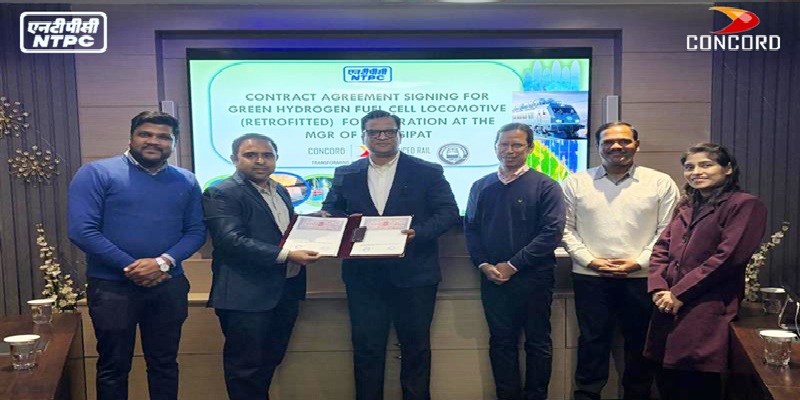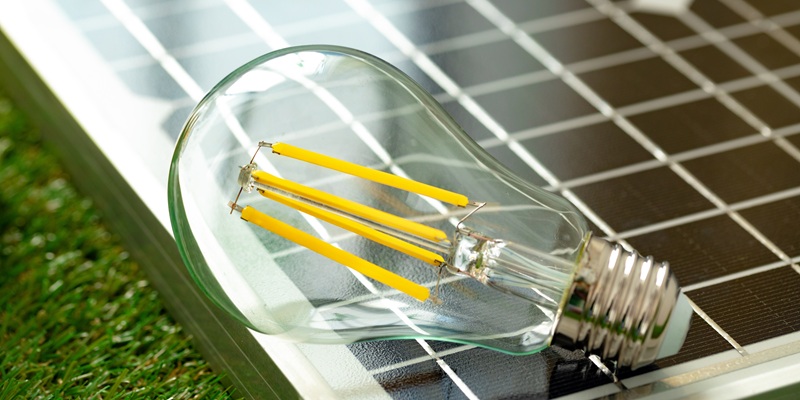Schedule a Call Back
CRISIL: PLI scheme to lead to capex of Rs 2.5-3 trn
 Industry News
Industry News- Mar 28,22

Related Stories

IESA to Launch Vision 2047 Battery Roadmap at IBMSCS 2026
IESA will unveil its Vision 2047 white paper at IBMSCS 2026 in Hyderabad, outlining a strategic roadmap to build a competitive, self-reliant domestic battery ecosystem for India.
Read more
Tata Chemicals Arm to Acquire Novabay Premium Bicarbonate AP
Tata Chemicals’ unit TCIPL will acquire Novabay, a premium sodium bicarbonate maker in Asia-Pacific, strengthening TCL’s specialty portfolio and capacity to serve pharmaceutical and food custome..
Read more
High-Speed Clean Room Doors for Controlled and Regulated Environments
High-speed clean room doors are specialised industrial doors essential for maintaining controlled environments, providing an airtight barrier and enhance hygiene, safety, durability, and regulatory ..
Read moreRelated Products
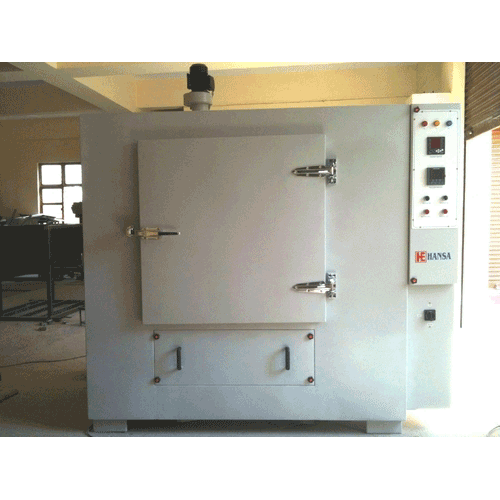
Heavy Industrial Ovens
Hansa Enterprises offers a wide range of heavy industrial ovens.
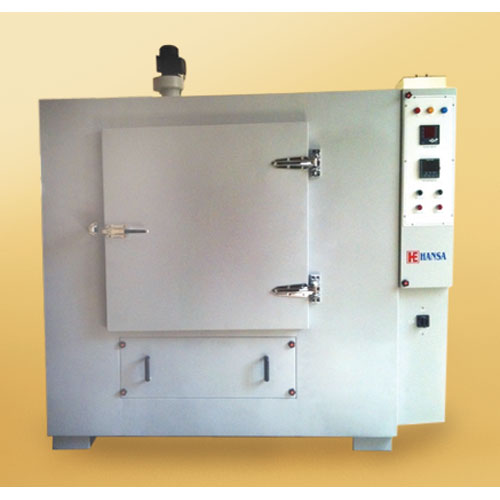
High Quality Industrial Ovens
Hansa Enterprises offers a wide range of high quality industrial ovens. Read more
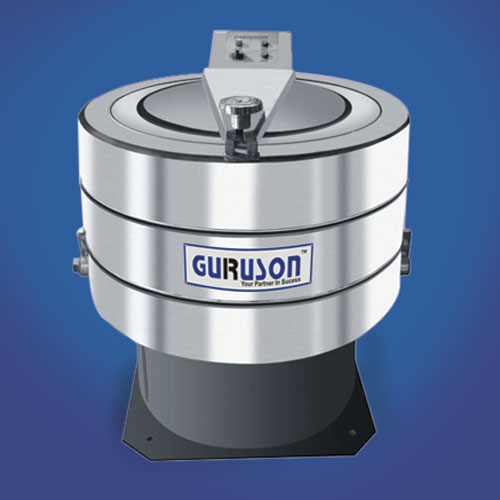
Hydro Extractor
Guruson International offers a wide range of cone hydro extractor. Read more





